Designed to detect the oldest light in the universe, the South Pole Telescope is helping researchers at Argonne and around the world to learn about the beginnings of the universe.
Tag: Center for Nanoscale Materials (CNM)
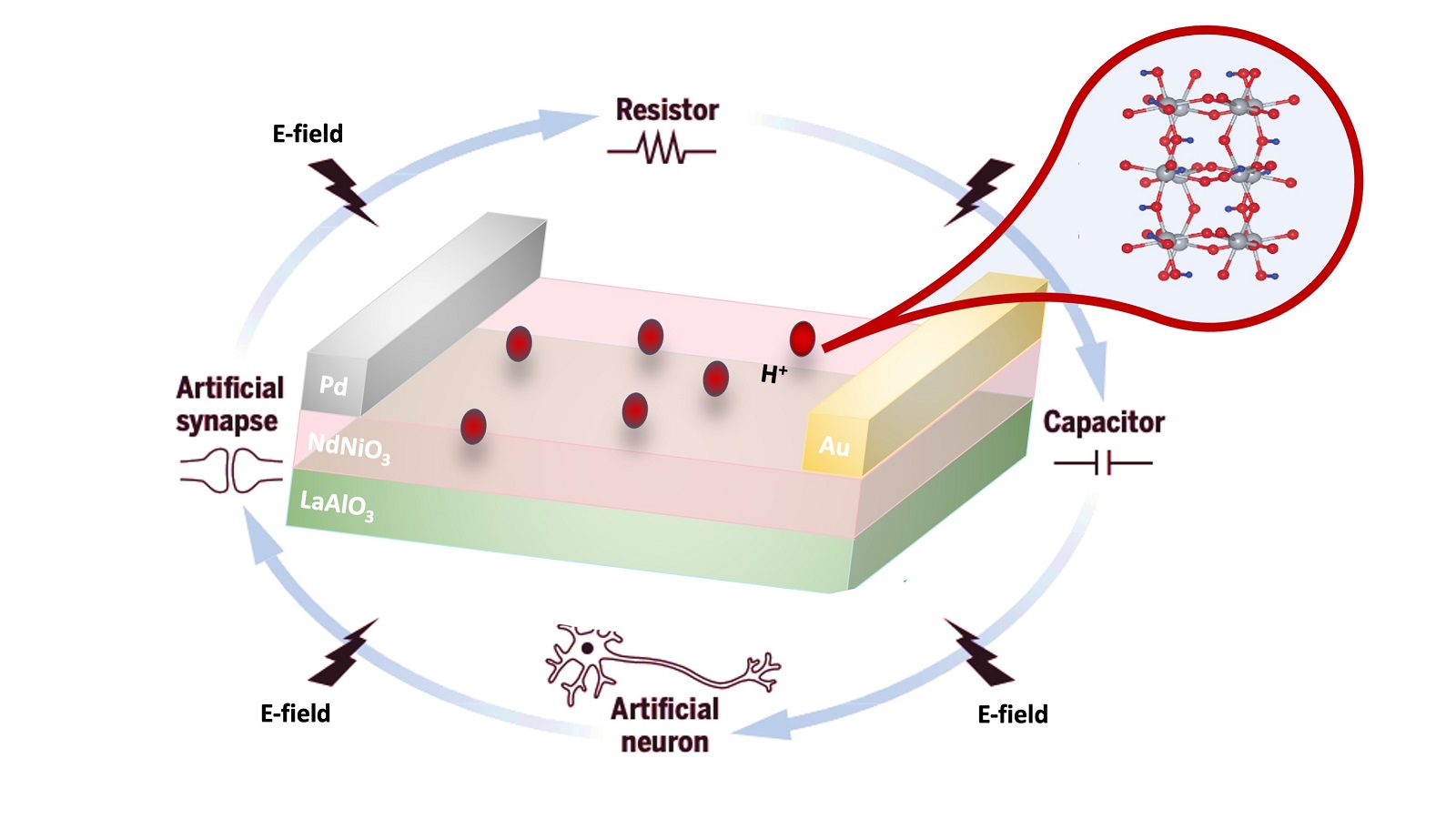
Computer hardware mimics brain functions
A multi-institutional team, including Argonne National Laboratory, has developed a material with which computer chips can be designed to reconfigure their circuits when presented with new information. It does so by mimicking functions in the human brain.
Pivotal discovery of nanomaterial for LEDs
Perovskite nanocrystals have been prime candidates as a new material for LEDs but have proved unstable on testing. Scientists have discovered a method for stabilizing them, which have applications for consumer electronics, detectors and medical imaging.
Let’s get small: New Argonne method greatly improves X-ray nanotomography resolution
Using X-rays to study batteries and electronics at nanometer scales requires extremely high resolution. Argonne scientists led an effort to build a new instrument and devise a new algorithm to greatly improve the resolution for nanotomography.
Now in 3D: Deep learning techniques help visualize X-ray data in three dimensions
A team of Argonne scientists has leveraged artificial intelligence to train computers to keep up with the massive amounts of X-ray data taken at the Advanced Photon Source.
Opening the gate to the next generation of information processing
Scientists have devised a means of achieving improved information processing with a new technology for effective gate operation. This technology has applications in classical electronics as well as quantum computing, communications and sensing.
A biological fireworks show 300 million years in the making
Scientists using the Advanced Photon Source have determined that amphibian eggs release showers of zinc upon fertilization, just like mammalian eggs. This research could have implications for human fertility studies.

Research plumbs the molecular building blocks for light-responsive materials
This project at Argonne National Laboratory is focused on better understanding light-responsive organic materials for a future with flexible, highly efficient photovoltaics and cutting-edge optical tools.

Argonne innovations and technology to help drive circular economy
In a collaborative effort to “recover, recycle and reuse,” Argonne strengthens research that addresses pollution, greenhouse gases and climate change and aligns with new policies for carbon emission reduction.

Tiny diamonds prove an excellent material for accelerator components
In a new study from the U.S. Department of Energy’s Argonne National Laboratory, researchers have demonstrated a new material that has an excellent balance of parameters needed to generate a good accelerator beam.
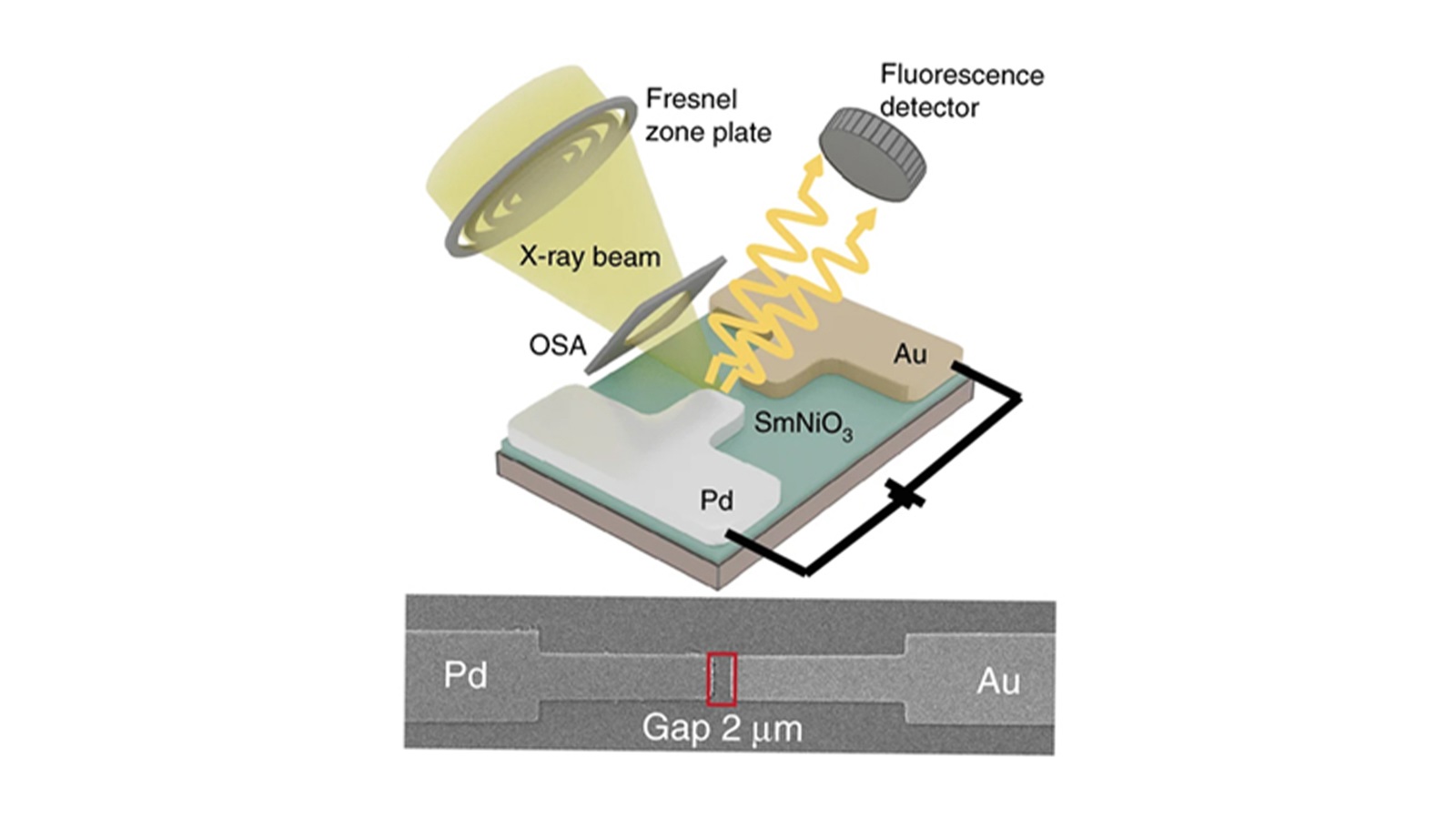
Argonne scientists help explain phenomenon in hardware that could revolutionize AI
A group of scientists from around the country, including those at Argonne National Laboratory, have discovered a way to make AI-related hardware more efficient and sustainable.
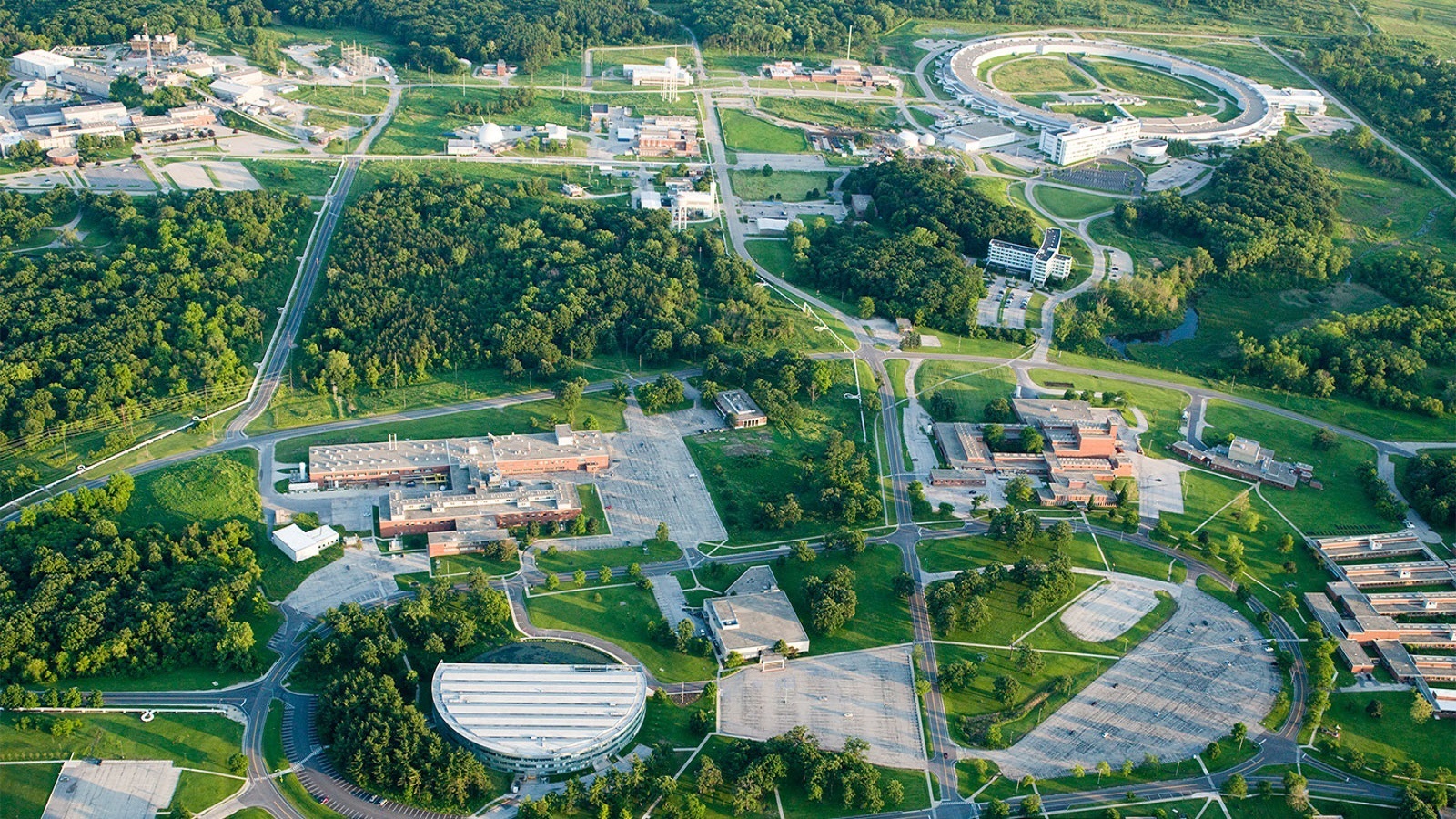
Seventeen from Argonne recognized with Secretary of Energy’s Honor Awards
Six groups that included seventeen scientists from the U.S. Department of Energy’s (DOE) Argonne National Laboratory were recent recipients of the DOE’s 2020 Secretary of Energy’s Honor Awards.
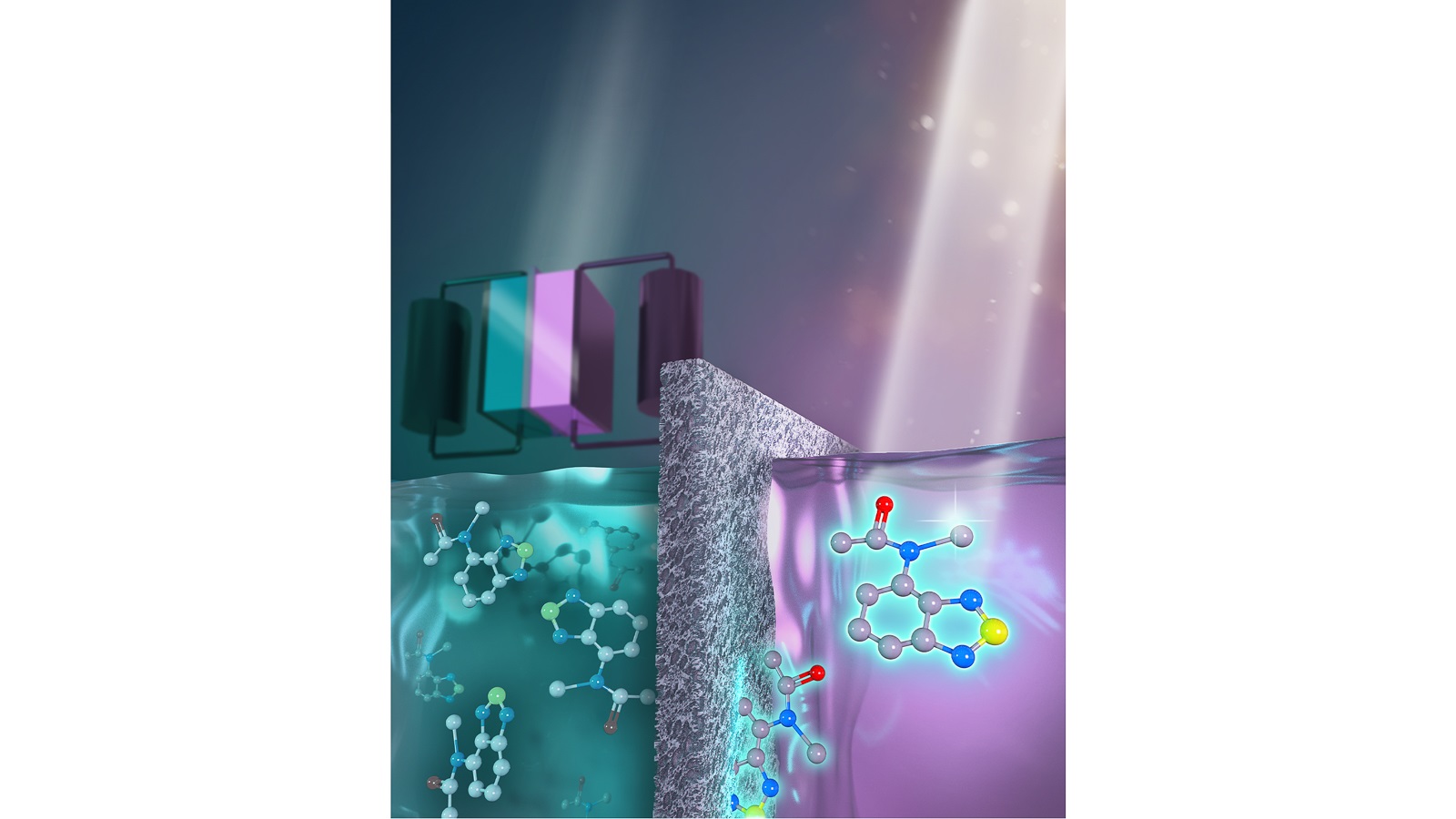
A glowing new prospect for self-reporting batteries
Argonne scientists have hit upon fluorescence as a way to shed light on what’s happening with flow batteries as they operate.
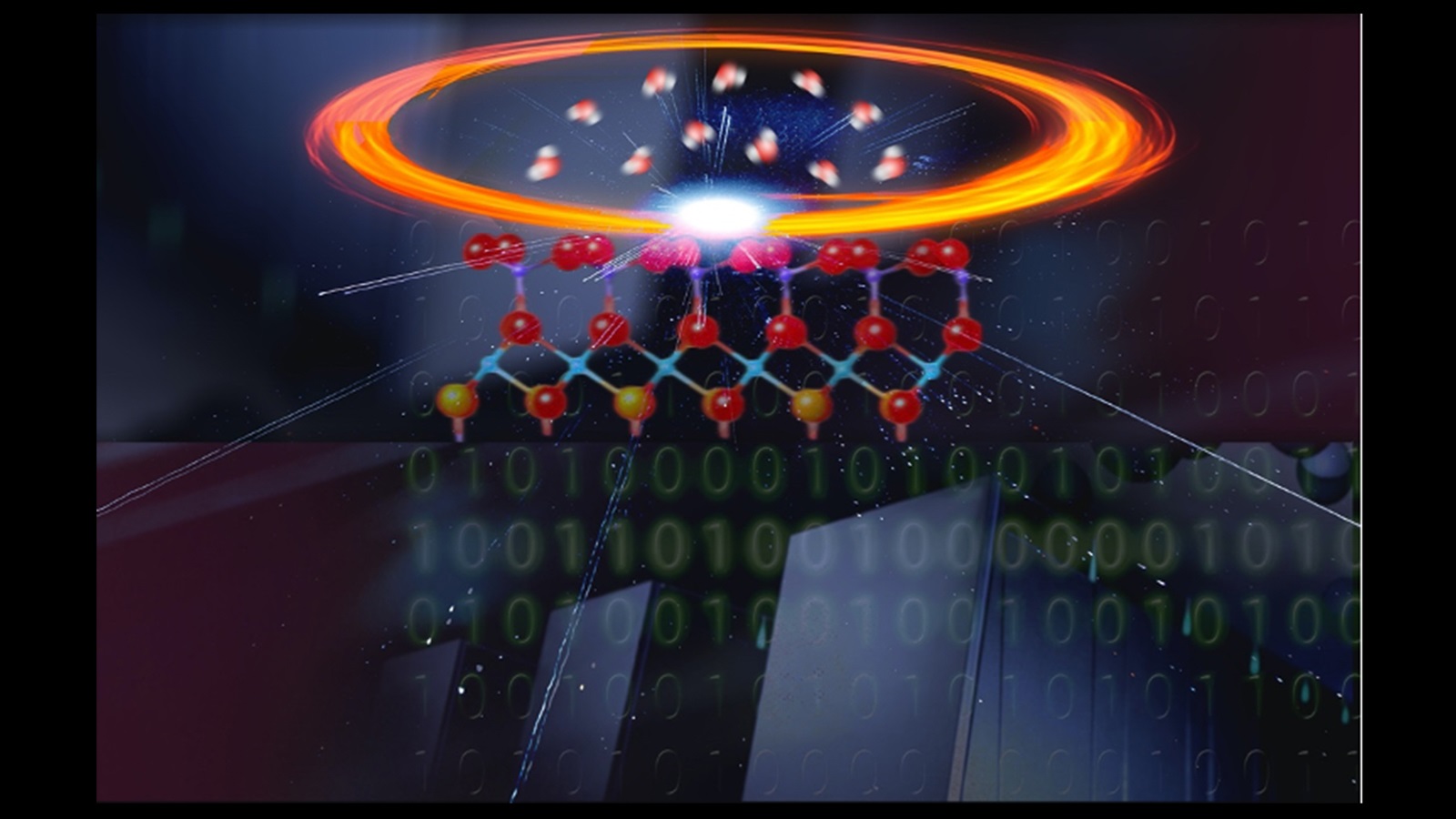
Do simulations represent the real world at the atomic scale?
A multidisciplinary research team has developed a strategy to validate computer simulations of oxide/water interfaces at the atomic scale using X-ray reflectivity experiments. Such interfaces are key in many energy applications.
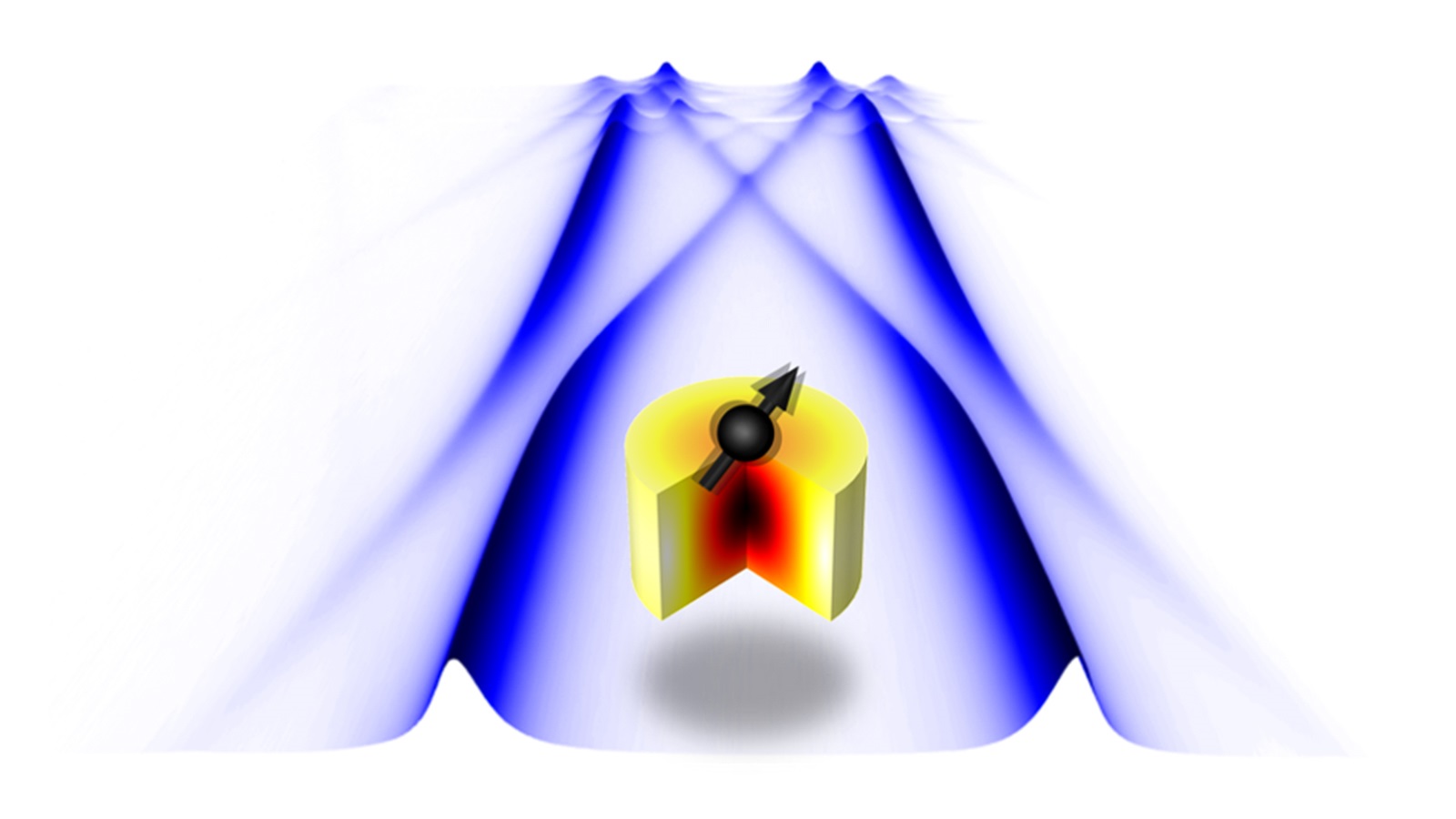
Pivotal discovery in quantum and classical information processing
Researchers have achieved, for the first time, electronically adjustable interactions between microwaves and a phenomenon in certain magnetic materials called spin waves. This could have application in quantum and classical information processing.
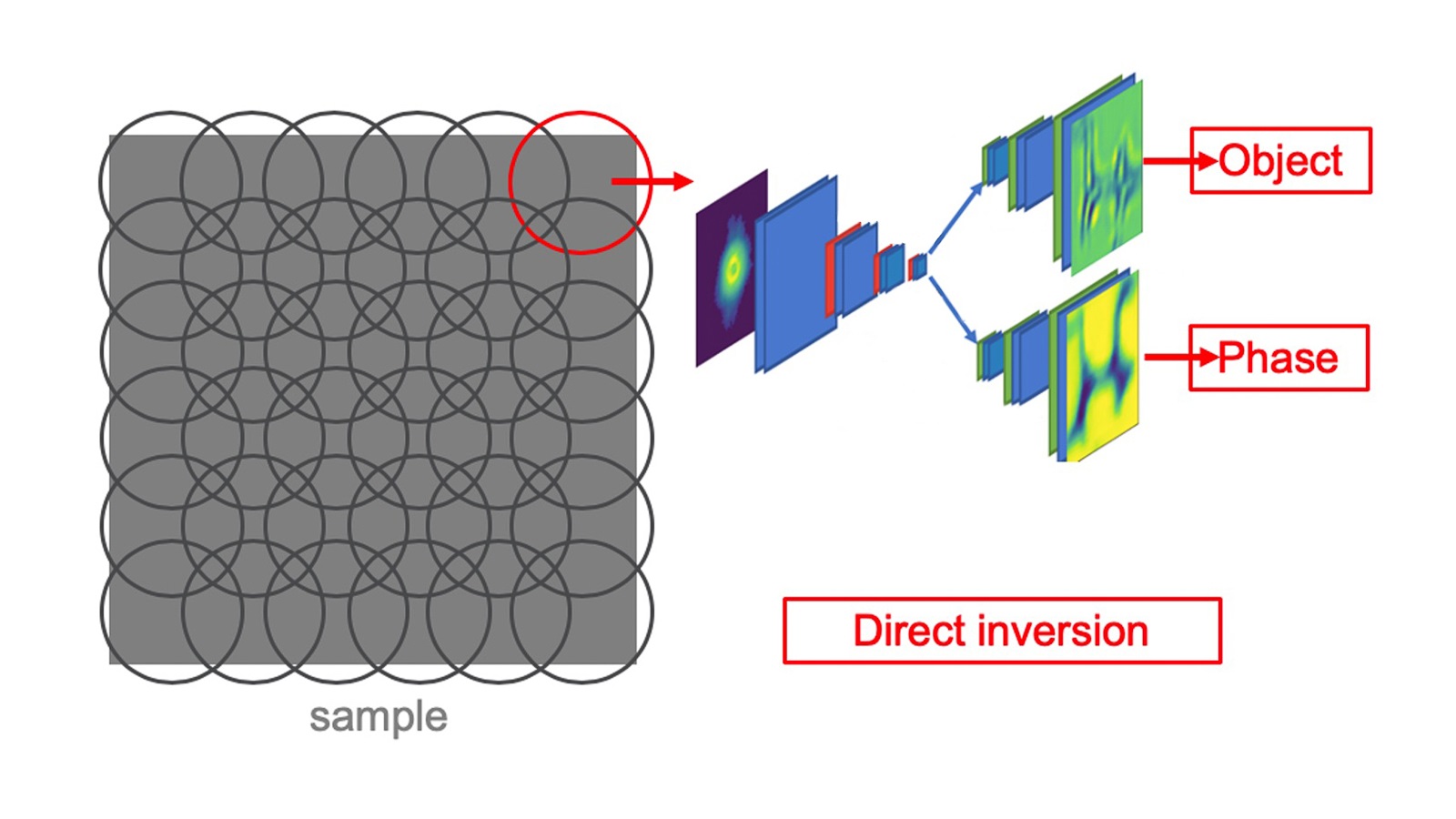
Using neural networks for faster X-ray imaging
A team of scientists from Argonne is using artificial intelligence to decode X-ray images faster, which could aid innovations in medicine, materials and energy.
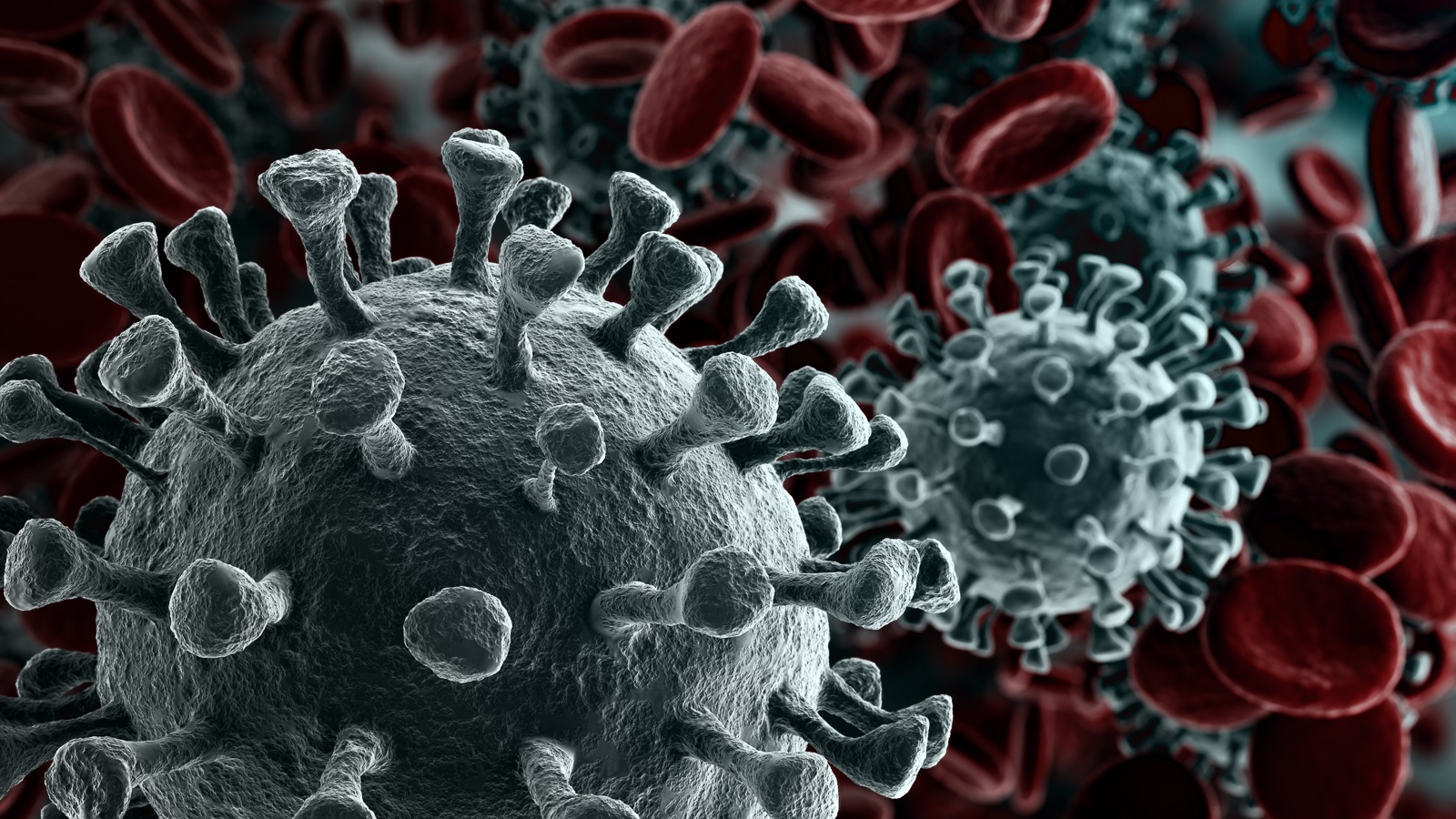
10 ways Argonne science is combatting COVID-19
Argonne scientists and research facilities have made a difference in the fight against COVID-19 in the year since the first gene sequence for the virus was published.

Q&A with Junhong Chen: Argonne’s lead water strategist addresses questions on managing our precious water resources
Argonne’s Junhong Chen discusses how Argonne’s wide-ranging expertise combined with use of artificial intelligence and world-class research facilities can solve problems in water science and engineering.

Argonne researchers develop new chip design for analyzing plant-microbe interactions
Plants interact with bacteria and fungi in ways that are not fully understood. Argonne researchers have discovered a way to see these interactions using a newly designed microfluidic device.
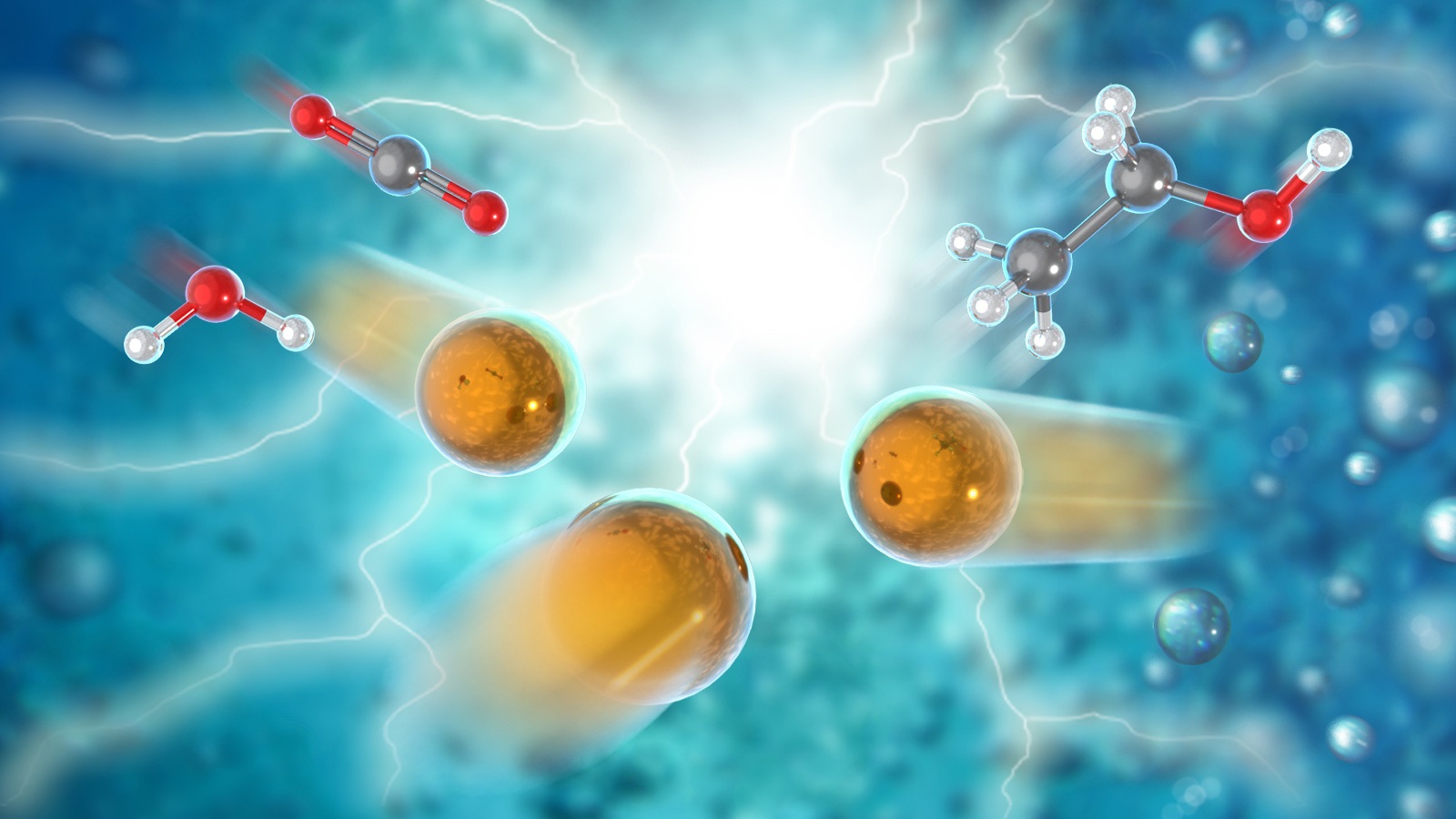
Turning carbon dioxide into liquid fuel
University reports a new electrocatalyst that converts carbon dioxide and water into ethanol with very high energy efficiency, high selectivity for the desired final product and low cost.
Cementing the future
Researchers from Argonne National Laboratory’s Advanced Photon Source and Center for Nanoscale Materials are utilizing nano- and micro-scale imaging to better understand the chemical processes behind the formation of cement.

Argonne and Sentient Science develop game-changing computer modeling program to improve discovery and design of new materials
Researchers collaborated to create a software program to accelerate discovery and design of new materials for applications allowing for a far more comprehensive understanding of materials from atomistic to mesoscopic scale than ever before.
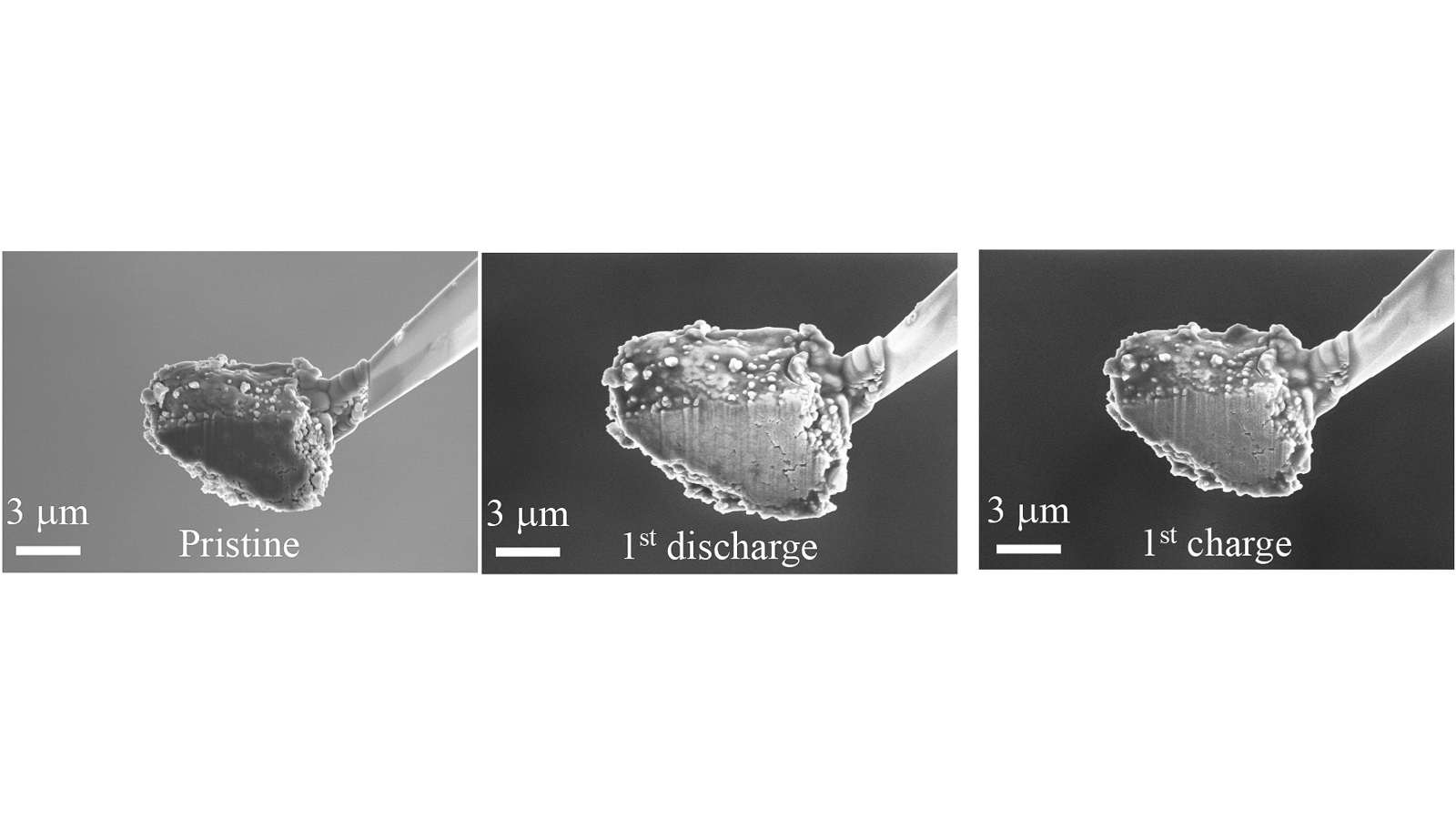
Redesigning lithium-ion battery anodes for better performance
In a new study, a team led by researchers at Argonne National Laboratory has made discoveries concerning a potential new, higher-capacity anode material, which would allow lithium-ion batteries to have a higher overall energy capacity.
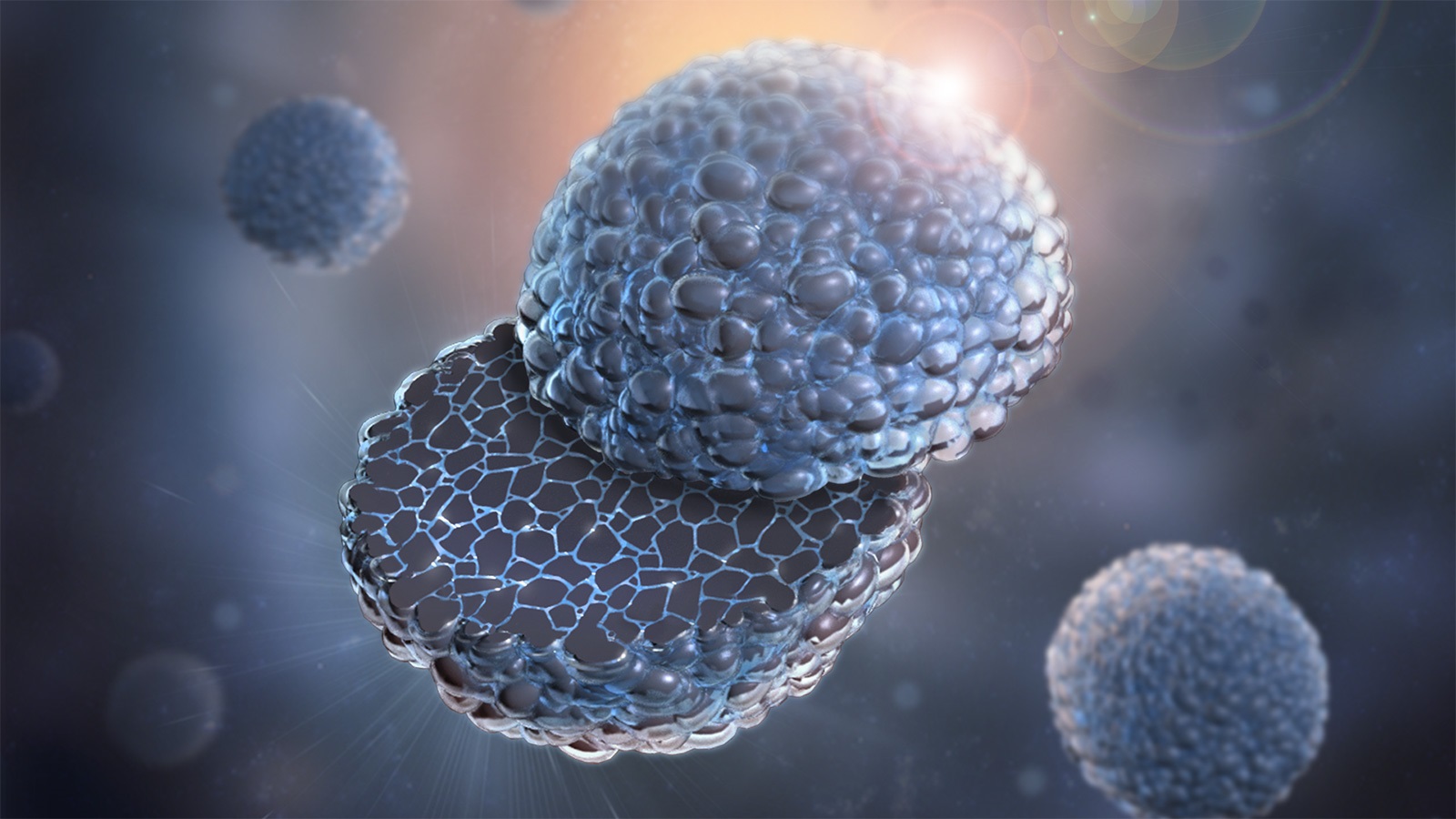
New cathode coating extends lithium-ion battery life, boosts safety
The U.S. Department of Energy’s Argonne National Laboratory, in collaboration with Hong Kong University of Science and Technology, has developed a new particle-level cathode coating for lithium ion batteries meant to increase their life and safety.
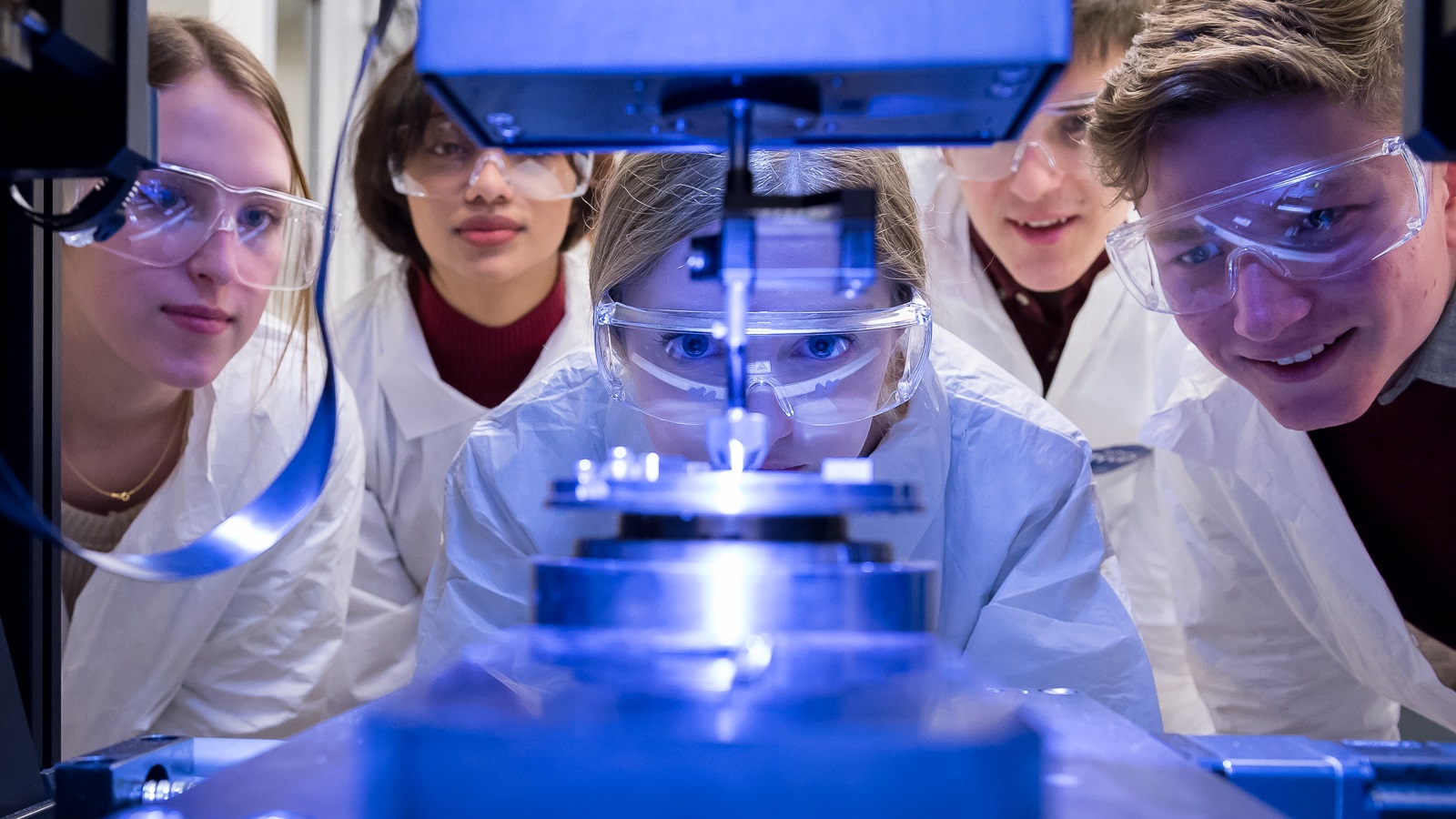
Exemplary Student Research Program inspires our next generation of researchers
Every year, the Exemplary Student Research Program welcomes students from Chicagoland high schools to complete research projects at Argonne’s scientific facilities. The program inspires and trains the next generation of researchers.
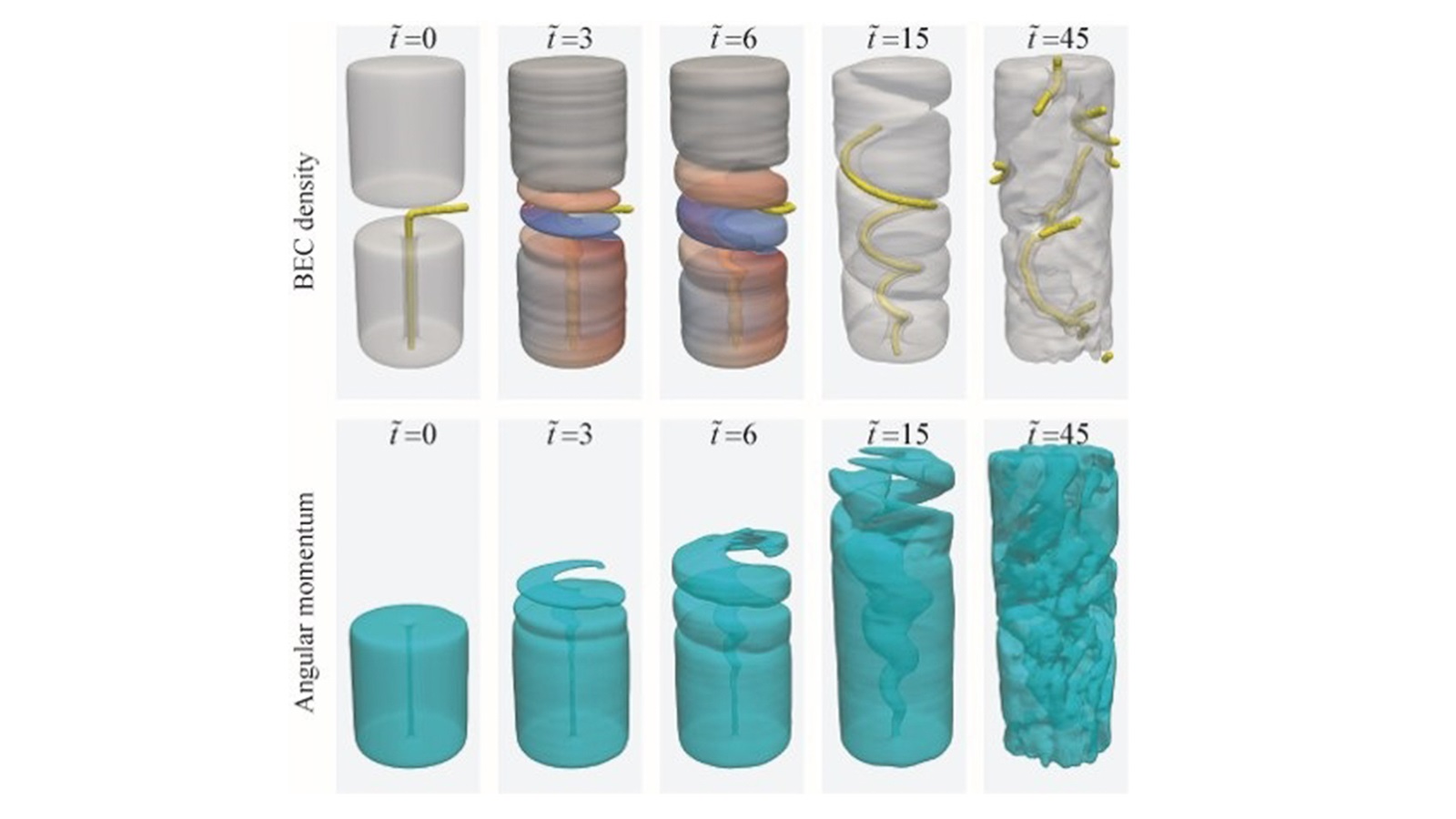
Theoretical breakthrough shows quantum fluids rotate by corkscrew mechanism
Scientists performed simulations of merging rotating superfluids, revealing a peculiar corkscrew-shaped mechanism that drives the fluids into rotation without the need for viscosity.
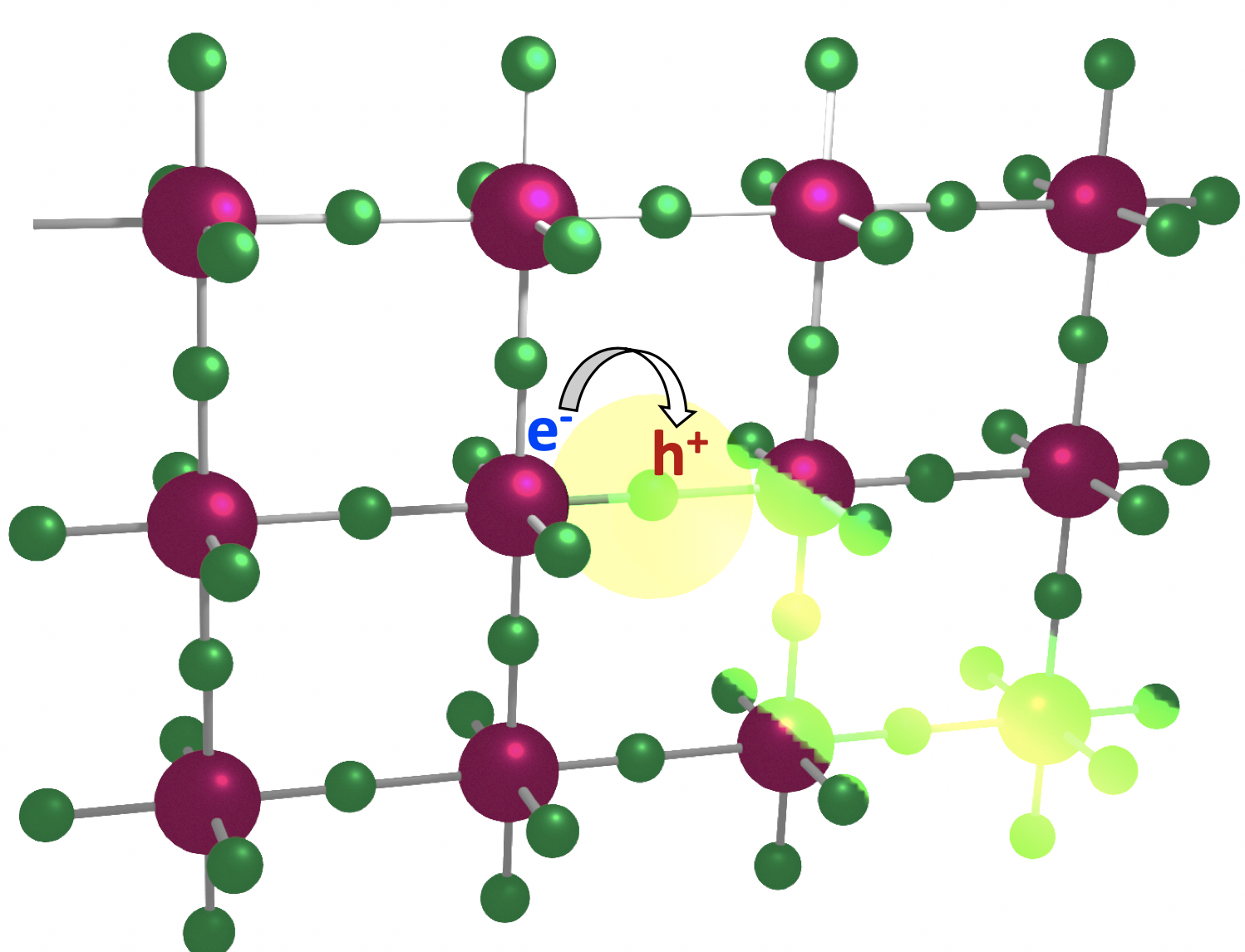
Organic Spacers Improve LED Performance
Sandwiching a 2-D light-emitting layer between ring-shaped carbon compounds significantly improved device efficiency and brightness.
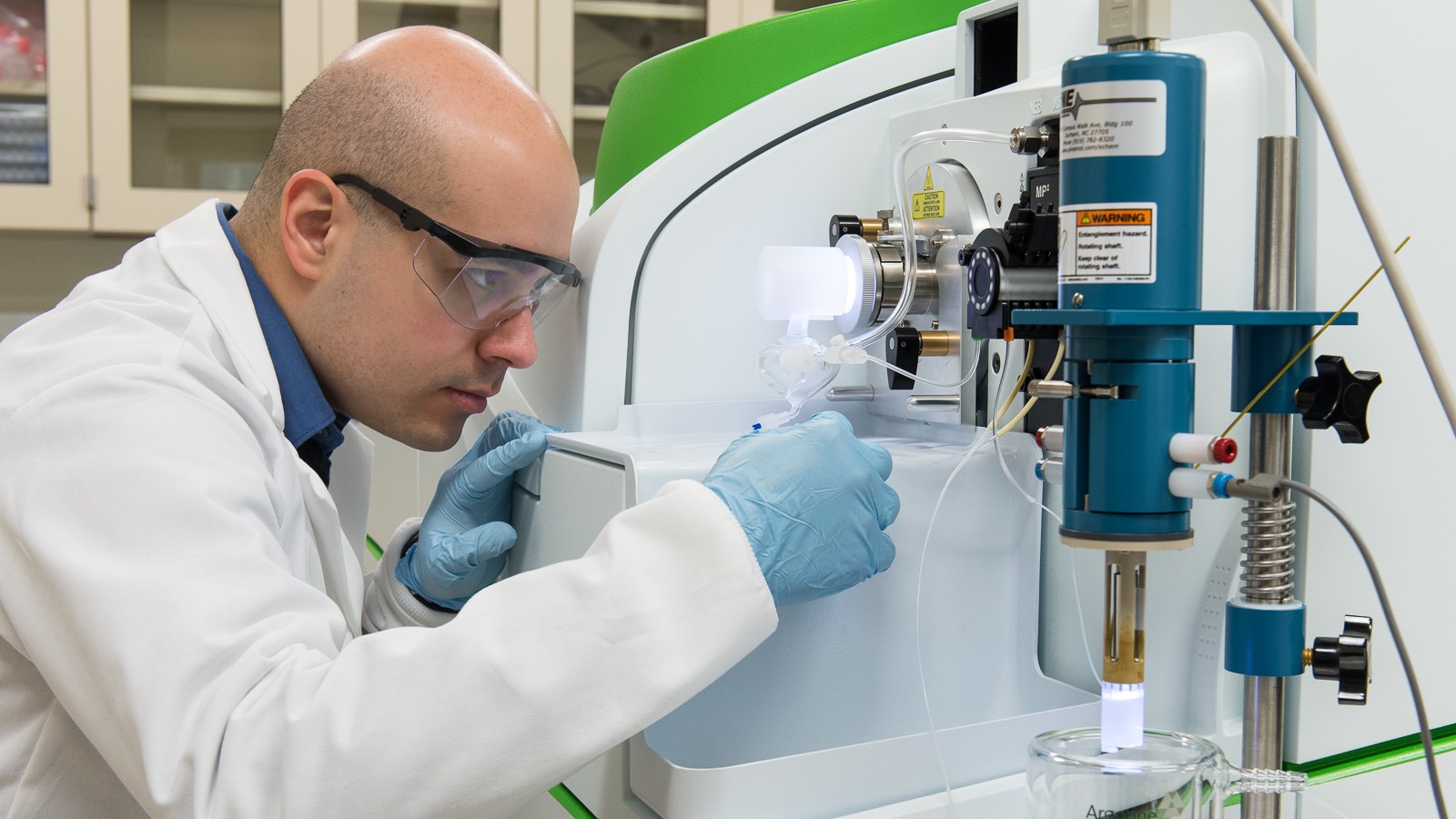
Investigating the dynamics of stability
Scientists have gained important insight into the mechanisms that drive stability and activity in materials during oxygen evolution reactions. This insight will guide the practical design of materials for electrochemical fuel production.
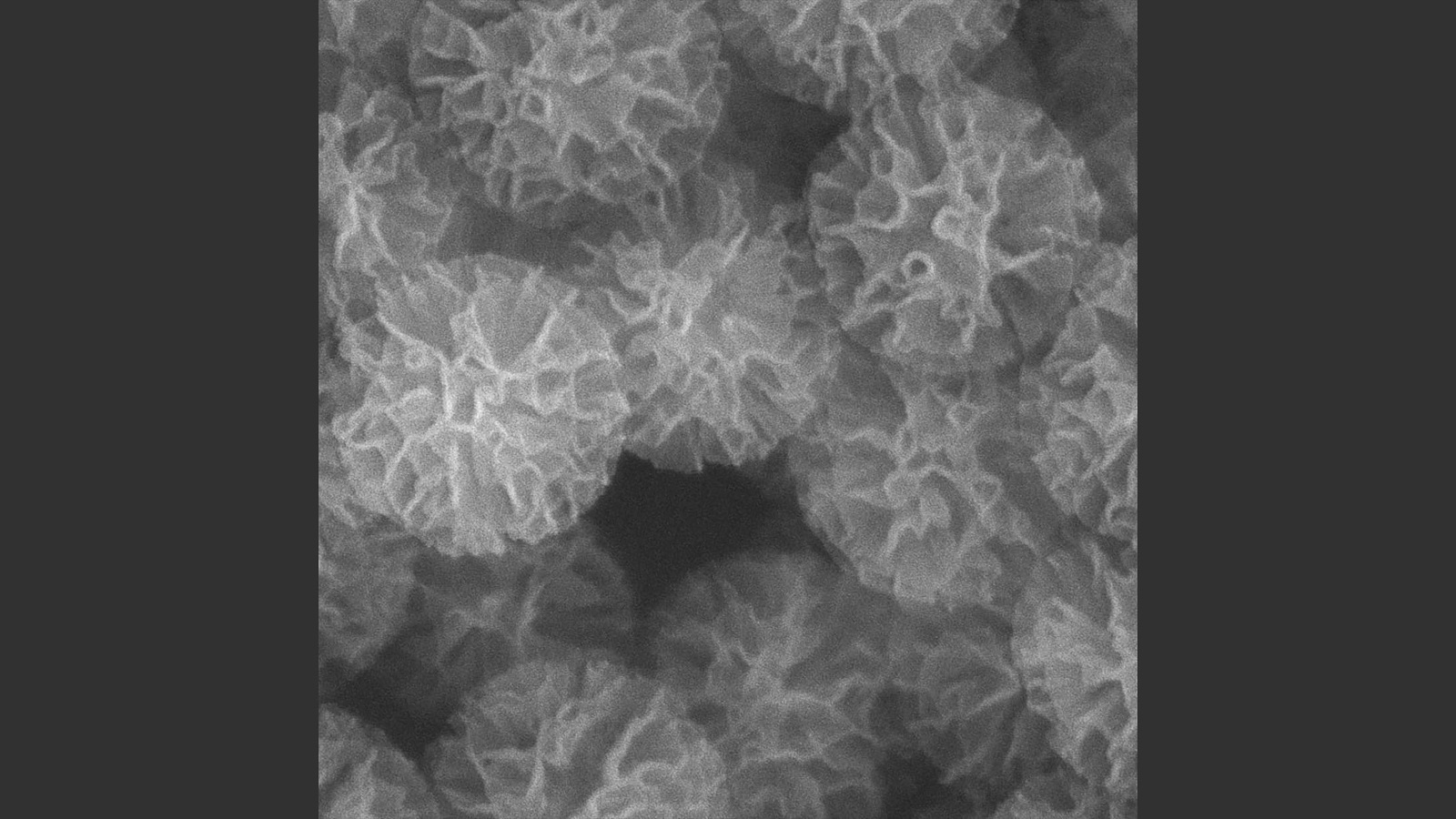
Nanodevices for the brain could thwart formation of Alzheimer’s plaques
Researchers designed a nanodevice with the potential to prevent peptides from forming dangerous plaques in the brain in order to halt development of Alzheimer’s disease.
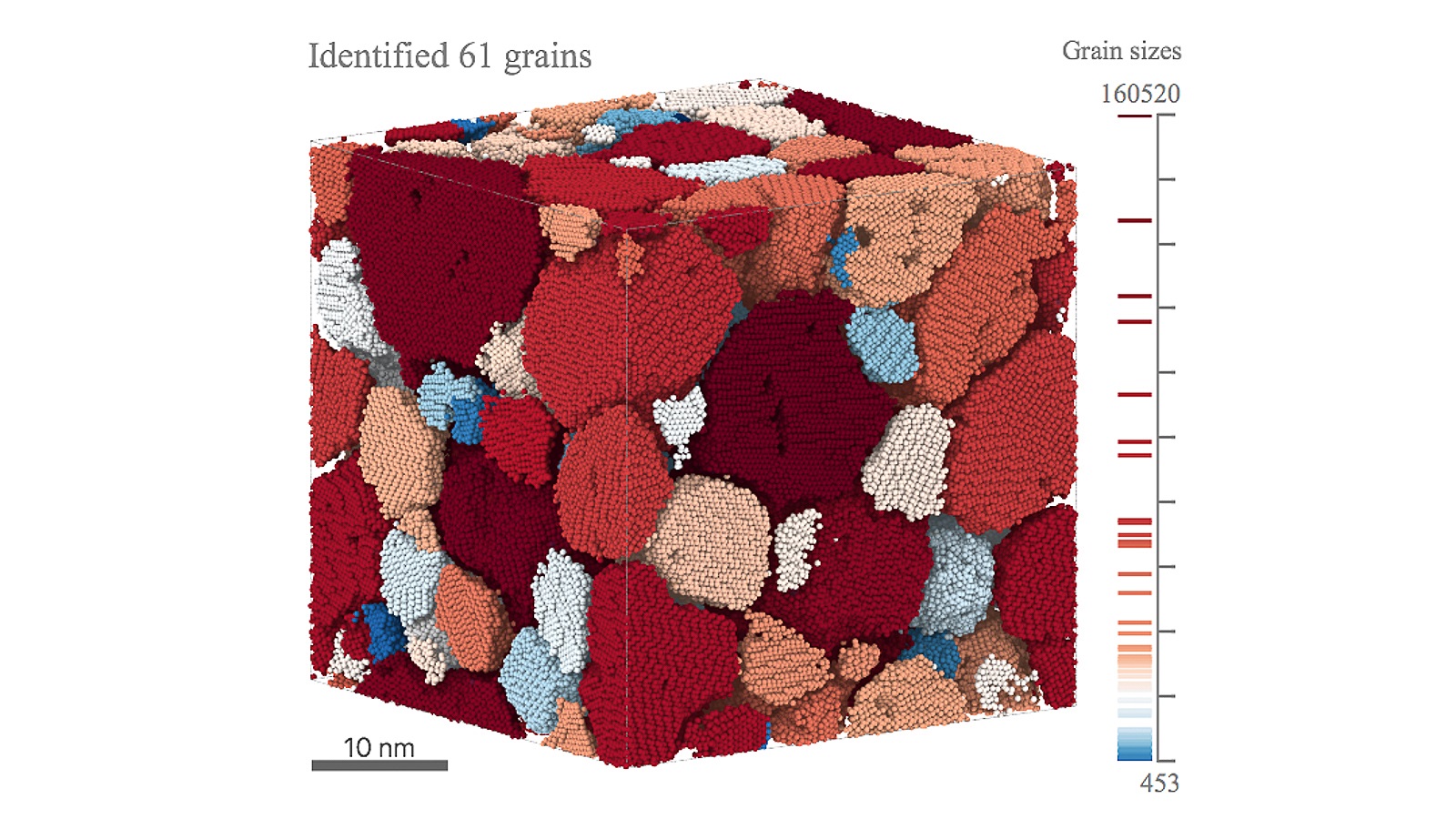
Capturing 3D microstructures in real time
Argonne researchers have invented a machine-learning based algorithm for quantitatively characterizing material microstructure in three dimensions and in real time. This algorithm applies to most structural materials of interest to industry.
A joint venture at the nanoscale
Scientists at Argonne National Laboratory report fabricating and testing a superconducting nanowire device applicable to high-speed photon counting. This pivotal invention will allow nuclear physics experiments that were previously thought impossible.

New Argonne etching technique could advance the way semiconductor devices are made
Researchers uncover a technique known as molecular layer etching which aid in building intricate 3D nanostructures for semiconductor devices and other microelectronics.
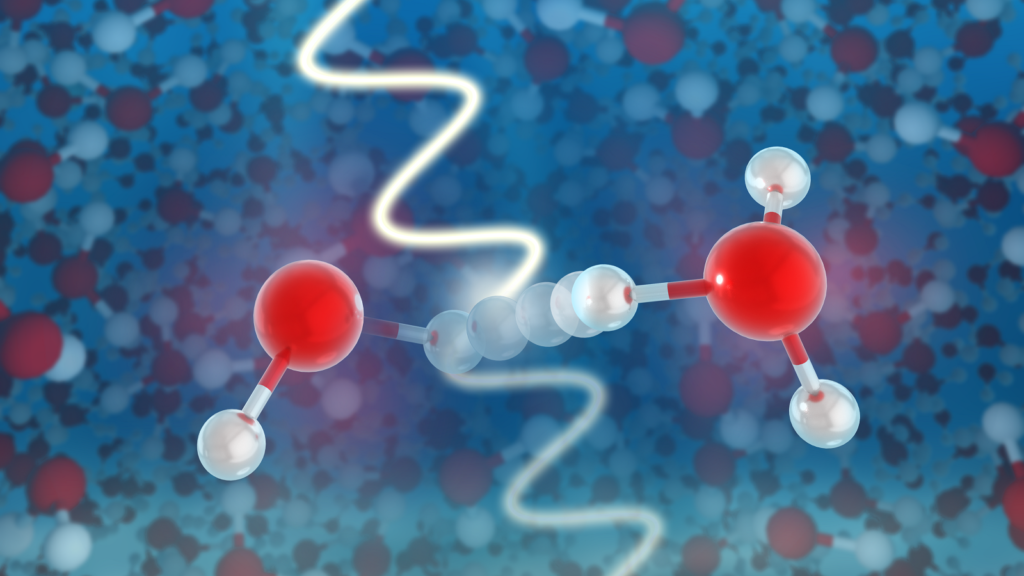
Scientists observe ultrafast birth of radicals
An international team of researchers have, for the first time, glimpsed the ultrafast process of proton transfer following ionization of liquid water, shedding light on how radical cations separate from their electron partners, neutralize and subsequently drift about creating damage.
Exploring the “dark side” of a single-crystal complex oxide thin film
A new study offers a nanoscopic view of complex oxides, which have great potential for advanced microelectronics.
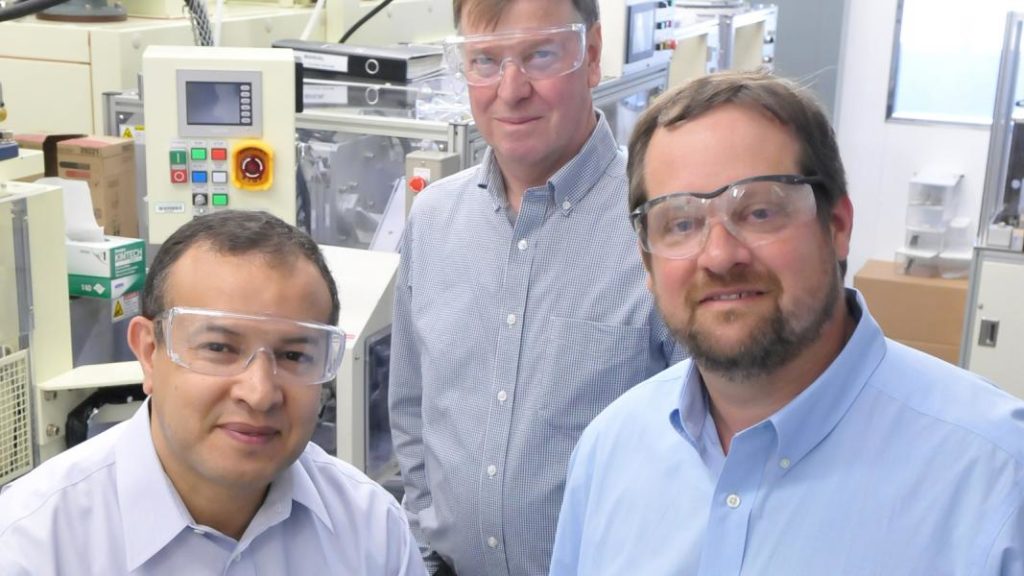
Argonne’s debt to 2019 Nobel Prize for lithium-ion battery
A roar of approval rang out at the U.S. Department of Energy’s (DOE’s) Argonne National Laboratory upon the announcement in October that John B. Goodenough, M. Stanley Whittingham and Akira Yoshino had won the 2019 Nobel Prize in Chemistry. On December 10th in Stockholm, they received this highly coveted prize for their major contributions to the invention of the lithium-ion battery, which is a long-standing major focus of research at Argonne.
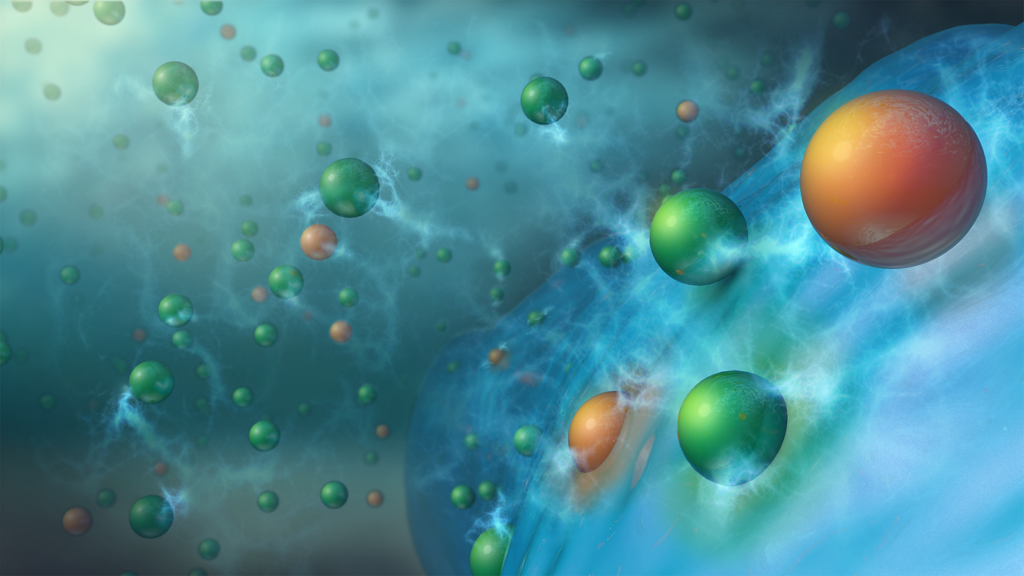
New electrolyte stops rapid performance decline of next-generation lithium battery
Researchers at Argonne National Laboratory have designed and tested a new electrolyte composition that could greatly accelerate the adoption of the next generation of lithium-ion batteries.
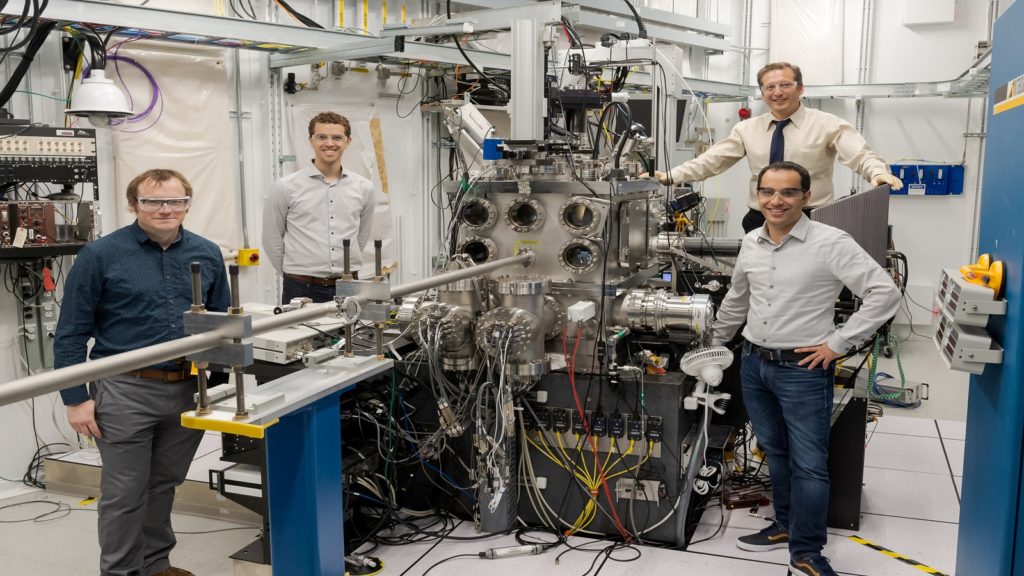
Seeing sound: Scientists observe how acoustic interactions change materials at the atomic level
By using sound waves, scientists have begun to explore fundamental stress behaviors in a crystalline material that could form the basis for quantum information technologies.